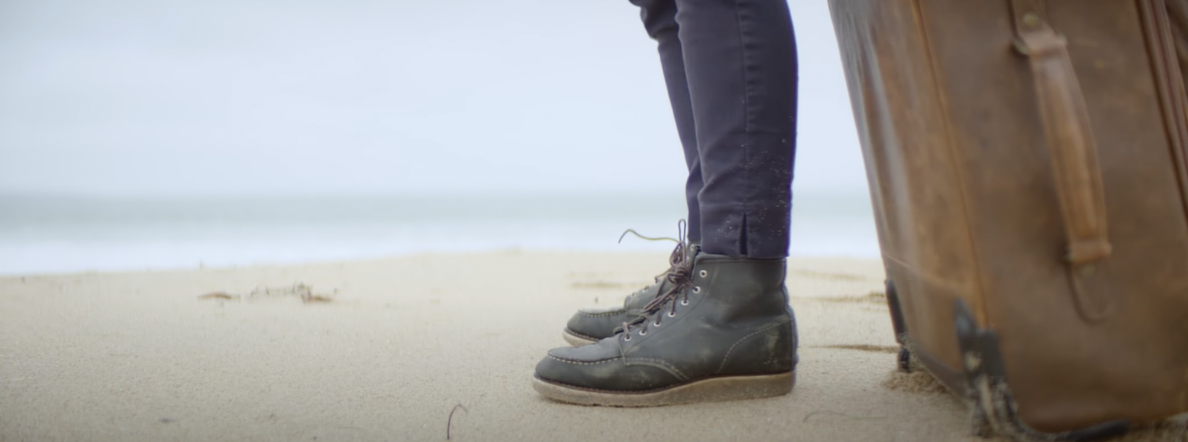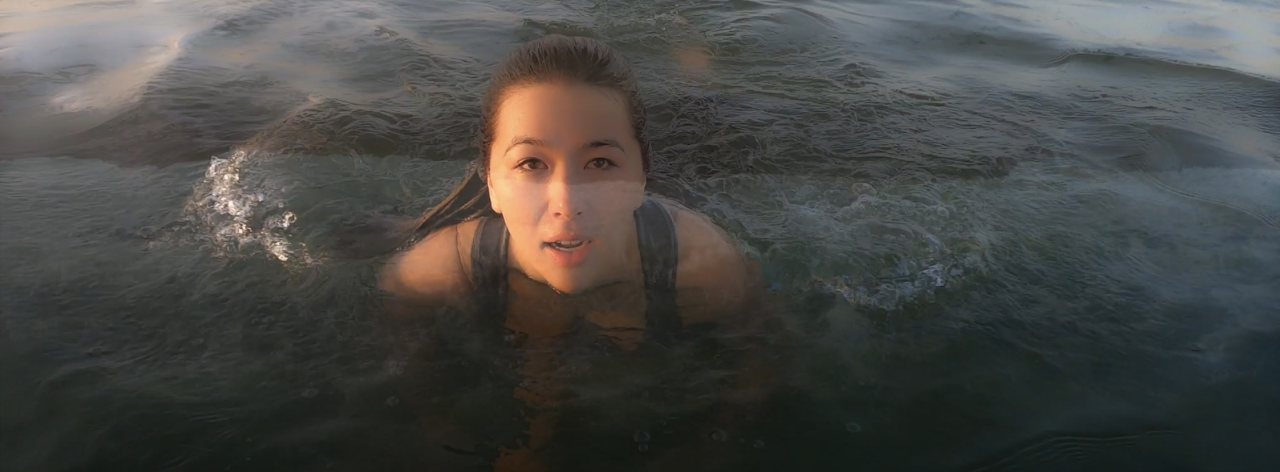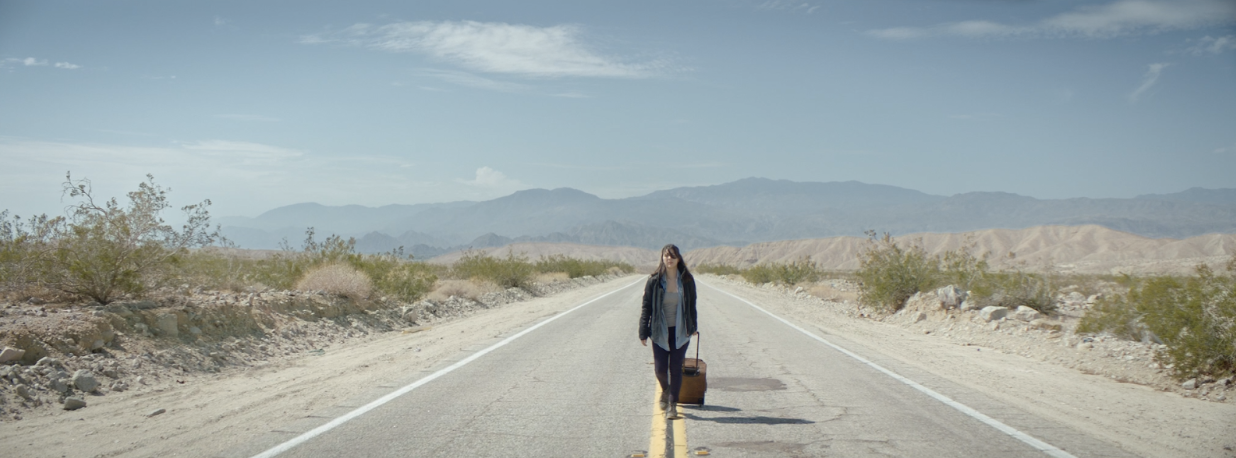
“2 Years” Music Video
Alex Bush and Mia Pak on collaboration,
the catharsis of music videos,
and invisible strings.
By Brooke Metayer
9.28.2022
“It’s like a visual poem,” explains filmmaker Alex Bush as we discuss our favorite things about music videos.
This was the first time I had met Bush and their long-time collaborator, singer/songwriter Mia Pak, but I could already tell they valued similar things. Like the holiness of thrashing limbs on crowded dance floors and finding shapes in the clouds. An appreciation for the simple things bleeds through in their most recent creative collaboration: a music video to complement Pak’s 2021 single, “2 Years.”
“Music videos have room for the extremes of all sides of the spectrum, which are my favorite places to make art from,” Bush contines. “It’s rare to find mediums where you can express the feeling of the last thought you have before you go to bed, dancing with your best friend, and also kicking and screaming.”
Pak adds, “There are no limits really, because the medium itself is so abstract.”

The two met while putting on a rock musical in college, a process Bush described as “intimate and ferocious.” They instantly became good friends, saying they developed a beautiful shorthand that let both of them feel safe and supported. Last summer, when Pak approached Bush with the idea for a music video, Bush asked no questions. Over the course of four days and four locations across California, the two built a world where the song could live without restraint.
We first meet the camera’s gaze as it notices a pair of laced up shoes walking on a beach, pulling along a leather suitcase leaving two parallel tracks in the sand. Pak is revealed in the frame to be the one stepping forward in time with the metronome beat. Over the first few verses, layers of vocals build on each other, and so do the stakes, as those steps bring her from that beach to the desert, then through forests. A song so driven by a pacing rhythm calls for this motion.

Flashes of hands, shoulders, and noses showing tender memories between her and a former love imply that the steps could eventually bring her back to where she started. The lyrics seem convinced this is inevitable too, reciting, “Fifty dollars says I’ll be back in two years, on your doorstep in two years.” I know I should want her to continue moving forward on her path, away from the source of the pain that earned itself a song in the first place, but the determined look in Pak’s eye makes me want to believe in happy endings.
Then comes the moment. The moment of clarity where she finds herself standing in shallow water—a glimmer of the place she has walked rough terrain to pull away from. This reminder of what was is enough for her to abandon any restraint, drop her physical—and emotional—baggage, and give in to the ocean she knows. “It’s like an invisible string that gets tighter the further she goes. She finally gives into that and turns around, embracing the danger of the ocean and her love,” explains Pak. “It's sort of an unburdening.”
An ending like this is unexpected in a modern culture that idealizes moving on and never “looking back,” but Bush and Pak acknowledge this. “There is a very contradictory and complicated thing about going on a great journey, and the answer being to go back to where you started. It’s touchy and imperfect but we wanted to make it as emotionally true as possible,” says Bush.

Onscreen emotion is one of Bush’s strengths. They have a talent for capturing the nuances of expression to create something psychologically immersive. It’s a throughline that can’t be ignored in their other music video work (see “I Confuse Us” by Caitlin Cobb-Vialet). They have the patience to hold the camera on a face, ignoring any discomfort in favor of curiosity and creating a portrait of skin textures and loose pieces of hair that put the heart on a fast track to closeness. In “2 Years” especially, “It is about identifying an impulse and then bulldozing against it. That’s how we create that quality that pulls the viewer in,” Bush explains.
It’s an intuitive balance of messiness and control plus a psychological understanding of the unique visual medium that makes a music video like this resonate. Whatever a release feels like for the viewer—whether it's bursting out into a full sprint, screaming at the top of their lungs, or returning to someone who has hurt them—the relief in Pak’s vocals as she empties any stale air from her lungs and her subtle smile as she steps into the ocean validate that.
